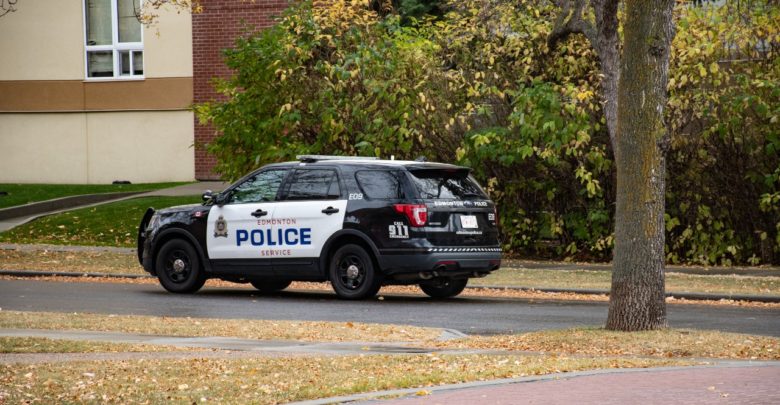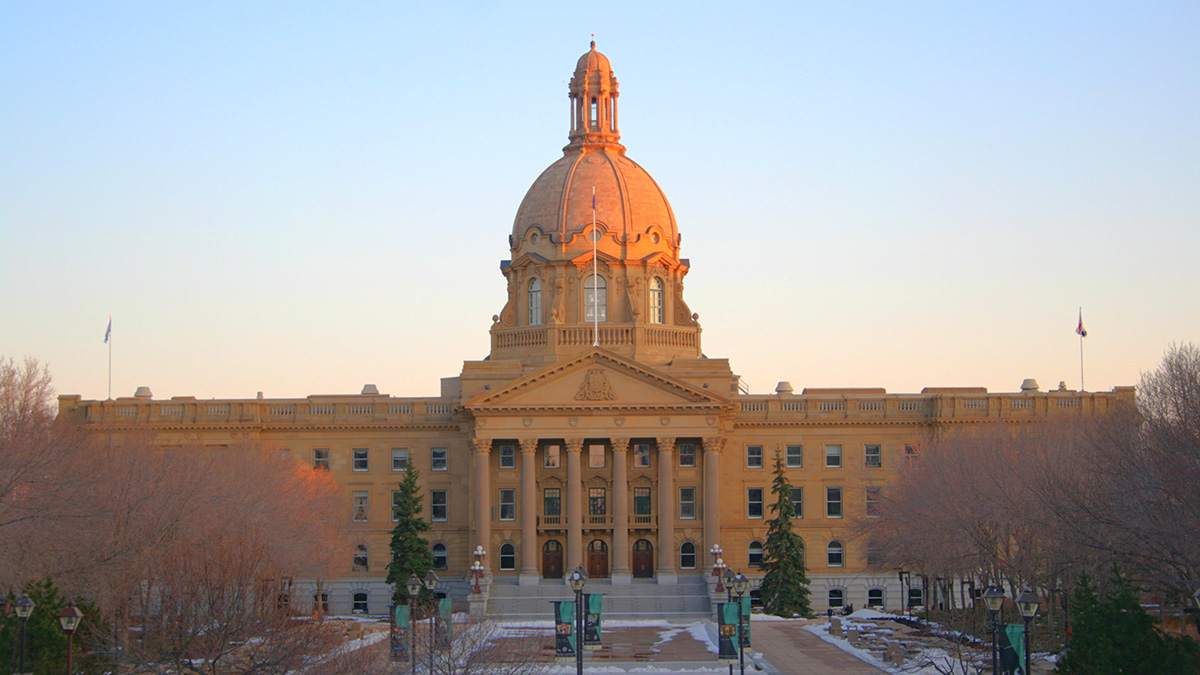Security measures alone won’t heal Alberta’s drug crisis
The Alberta Government Response to “arrest” the drug crisis is a right step but it feels more like damage control than real change.
 Cody Shimizu
Cody ShimizuLately the Government of Alberta has been stepping up to respond to the increasing drug crisis. One of the main strategies the government is enforcing is a crackdown on drug trafficking through the border. Particularly the Alberta section of the United States (U.S.)-Canada border. This includes pairing peace officers with local police to improve co-ordinated response. But the question remains, why is there such a huge demand for drugs? For the government to address the drug trafficking it needs to simultaneously address the situational and socioeconomic reasons behind the demand for drugs.
Alberta’s Minister of Public Safety and Emergency Services, Mike Ellis, announced the new plan on February 25. It is a combined effort from one of Edmonton’s interim police chiefs, Warren Driechel, and Edmonton Mayor, Amarjeet Sohi. This came months after an announcement was made that the province would deploy more officers near the borders to intercept illegal substances. Moreover, to stop criminals from finding a safe haven within Alberta.
Alberta Premier Danielle Smith plans to invest $29 million in an Interdiction Patrol Team (IPT). Smith hopes that this, alongside a border zone two kilometres deep, will keep the drugs out. Both of these responses come after Donald Trump’s plans to impose tariffs on Canadian imports, citing concerns of “the invasion of drugs” like fentanyl into the U.S. from Canada. This begs the question: do these steps actually address the trafficking of drugs and the drug crisis in Canada?
It comes as no shock that Alberta is in deep trouble when it comes to the drugs that seem to plague the streets of almost every city in the province. And Edmonton is not excluded. At every train station I have been to, I have seen some sort of drug being passed around, with downtown being a prime spot. Going to some areas of downtown feels like being in an apocalypse. It is riddled with drugs and drug users. It is so bad that a lot of businesses have shut down due to safety concerns. I have also noticed a lack of police presence in these areas, with Emergency Medical Services (EMS) being more present to respond to the ever-rising crisis, especially with the shutting down of the Healthy Streets Operations Centre (HSOC).
This drug crisis in Alberta has been, and will continue to be, a public health, societal, and economic burden if not addressed. We are seeing a rise in homelessness, deaths, and crimes as a result of the drug crisis. We have also seen a drop in productivity and human capital in the economy. This happens because drugs are claiming the lives of able-bodied individuals. A lot of money each year has gone towards responding to emergencies, hospitalizations, law enforcements, and kits such as naloxone kit. It is understandable that the government is trying to do whatever it can to stop the drug crisis.
The response from Ellis and Smith can help address the increasing supply and demand of hard, illegal drugs in Alberta. There is no denying that drug trafficking is a huge factor that contributes to the drug crisis. These recent efforts have the potential to address that part of the issue.
However, there’s always a catch. I can not help but see the lack of feasibility and longevity of these plans. Sure, these plans might disrupt the movement of drugs, engagement with drugs, and improve responses towards drug trafficking and drug overdoses. But how long would it last? How much would it cost to make these arrangements permanent? Is this a smart investment with the way the economy is going with inflation, health care and housing issues? How long would it take for traffickers to discover another route to smuggle drugs?
It makes me wonder if we are focusing more on damage control than actually addressing the root cause. This perspective calls for a multi-layered plan to address the Alberta drug crisis. One that doesn’t just see the drug crisis as a criminal issue. Instead, seeing it as a public health issue as well. If Alberta is serious about cracking down on the drug crisis, we need to have efforts that undercut the reason for the trafficking and supply of drugs in the first place. After all, that’s why there is a demand for drugs. One of the reasons that people use drugs or seek out drugs is because of socioeconomic circumstances. Statistics show that people who belong to vulnerable communities are more likely to use or sell drugs to make money.
There are proactive steps that the government can prioritize or take in tandem with law enforcement efforts. There should be more preventive and resource education programs, not just in schools but in the community. I believe that the government should fund free programs. Programs where people not only learn about the risk of drug usage, but also provide them with resources to use if they have found themselves dealing with a substance use disorder. It would provide them with resources to cope with challenges that promote drug use.
This leads me to also bring up the fact that there should be more empathy when handling this case. If the government implements these plans, each officer should receive trauma-informed care and training in harm reduction. This would reduce the stigma surrounding drug use. Furthermore, it would show that officers are there to help them and do not just see them as criminals. This would be a nice touch to add to the harm reduction programs like the Community Based Naloxone Program. Alberta Health Services (AHS) runs this program, and it can operate in different cities across Alberta.
So, the government should focus more on tackling the root causes like the economy, homelessness, poverty, and unemployment. Not treating drug users like criminals or people that can only be handled by law enforcement. When there is a demand, there will always be a supply. If the government really wants to tackle drug trafficking, they need to address the sociological, psychological, and economical reasons that individuals engage with drugs.




